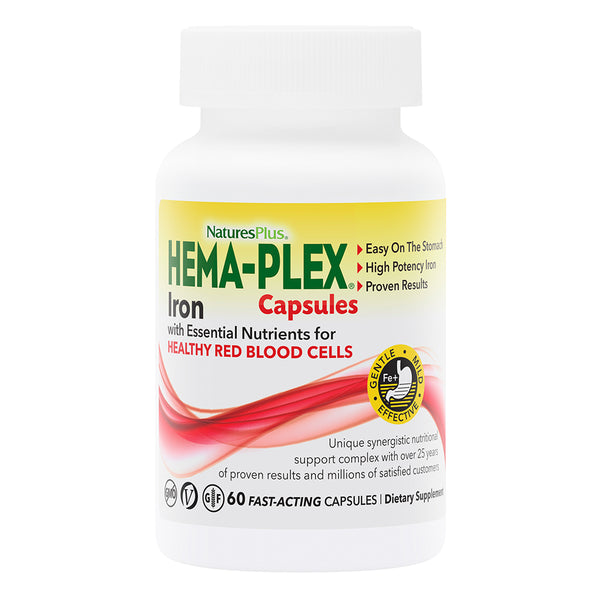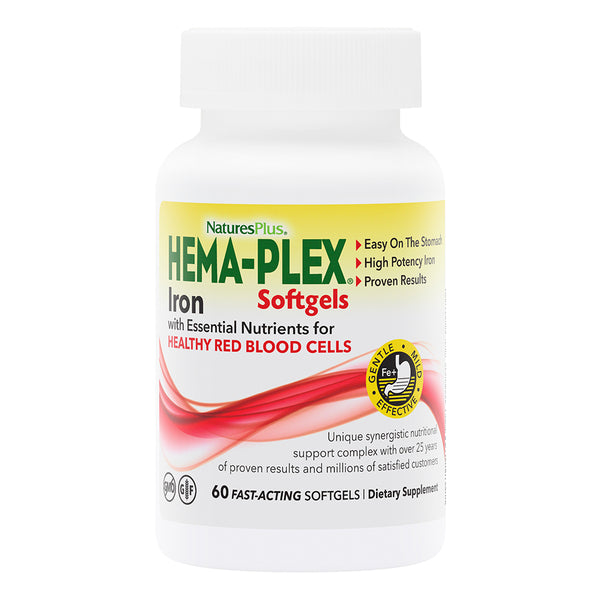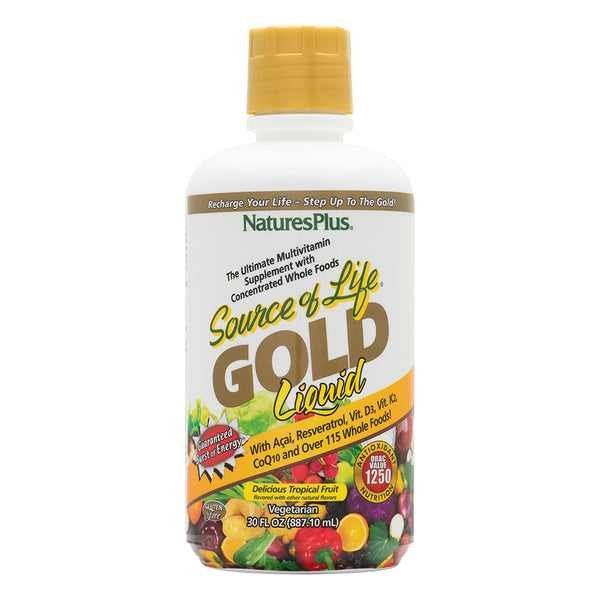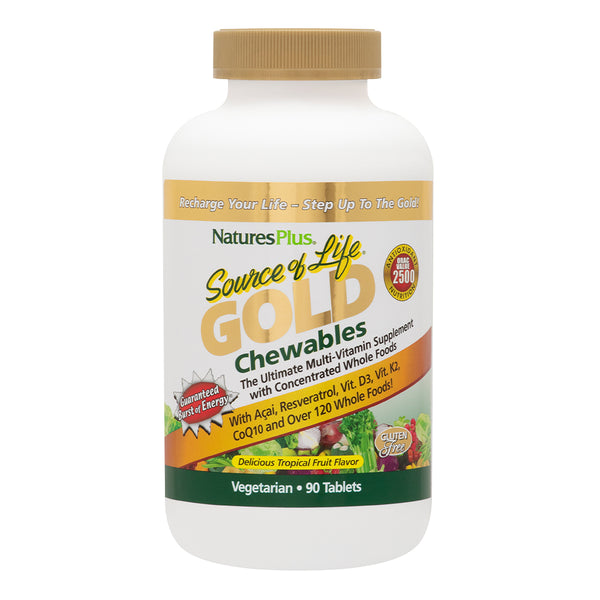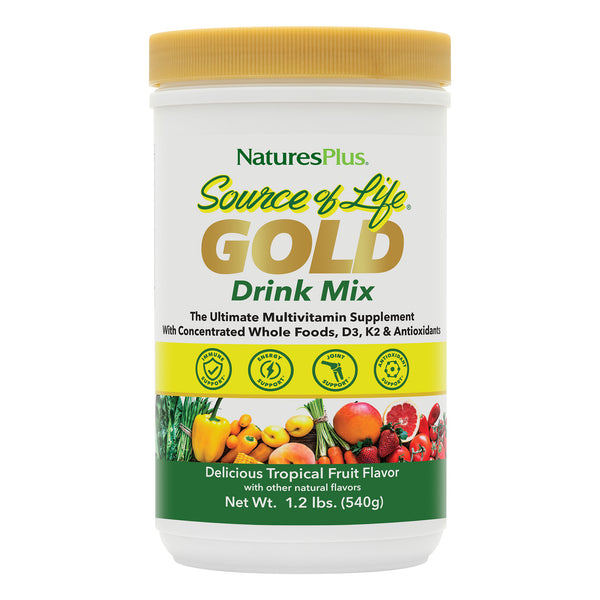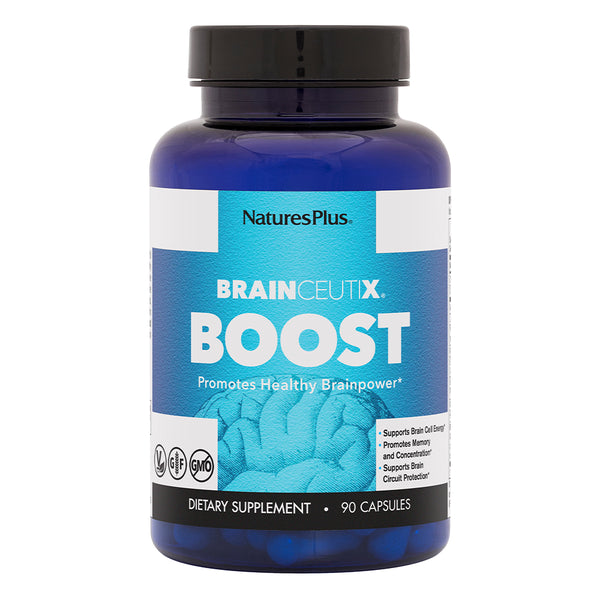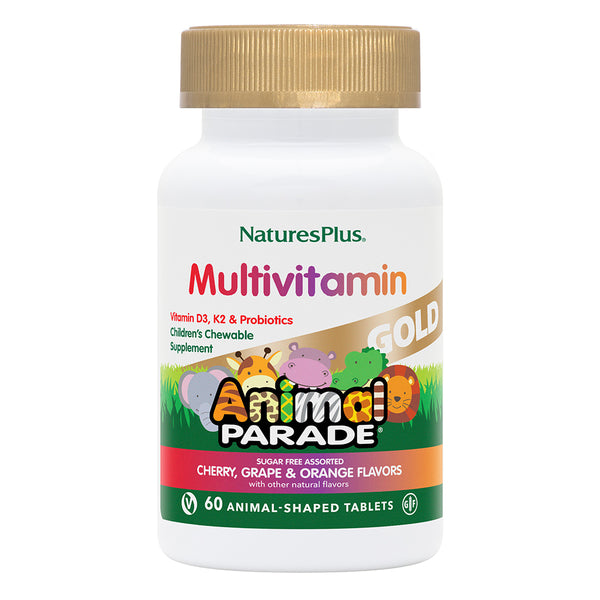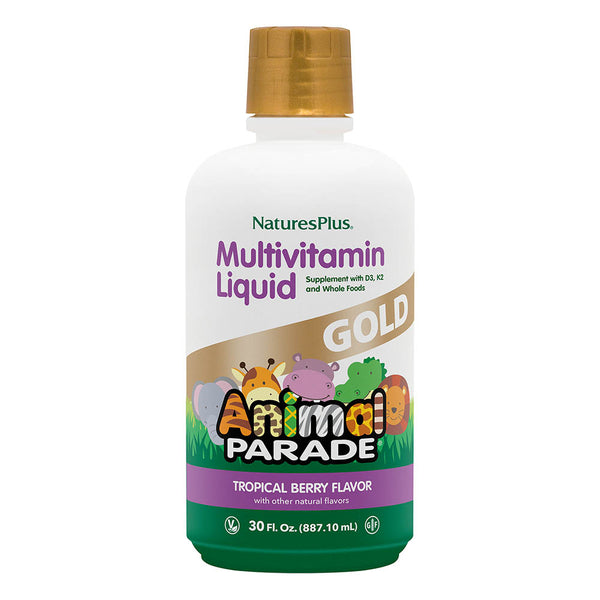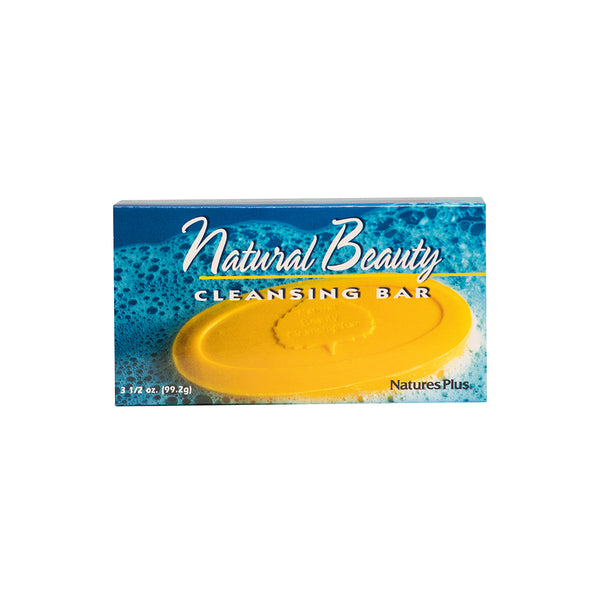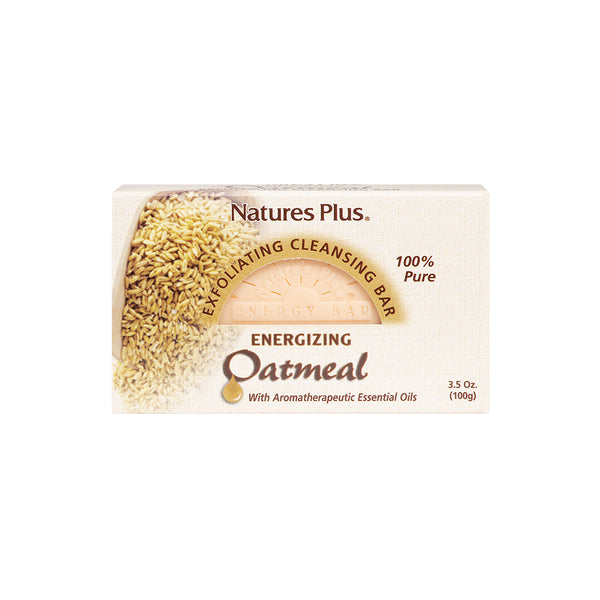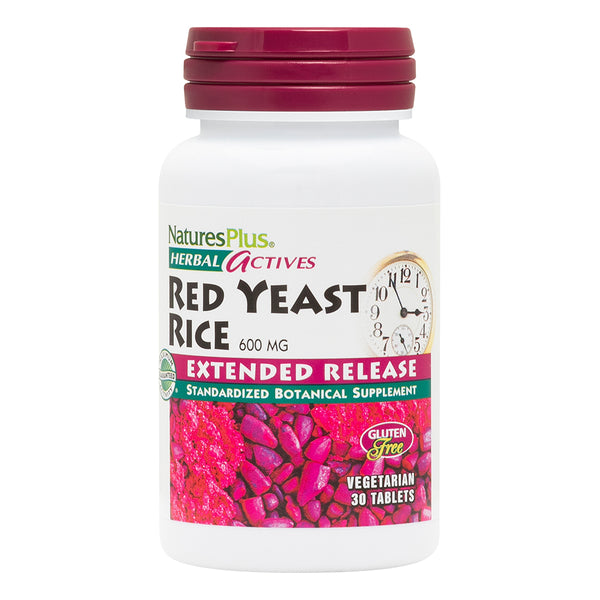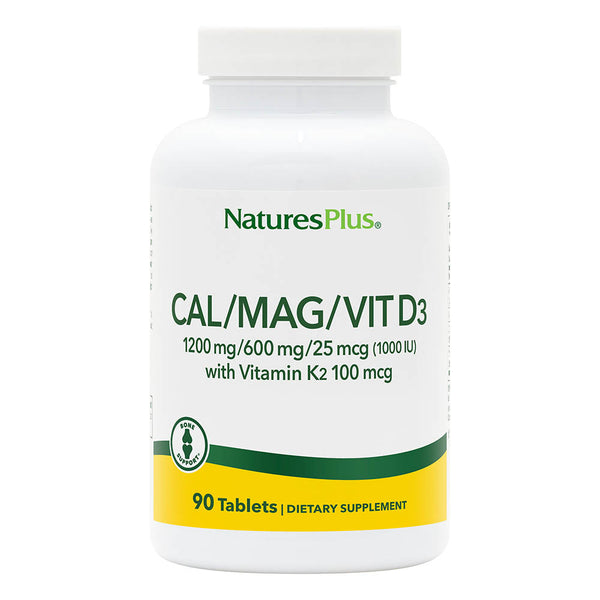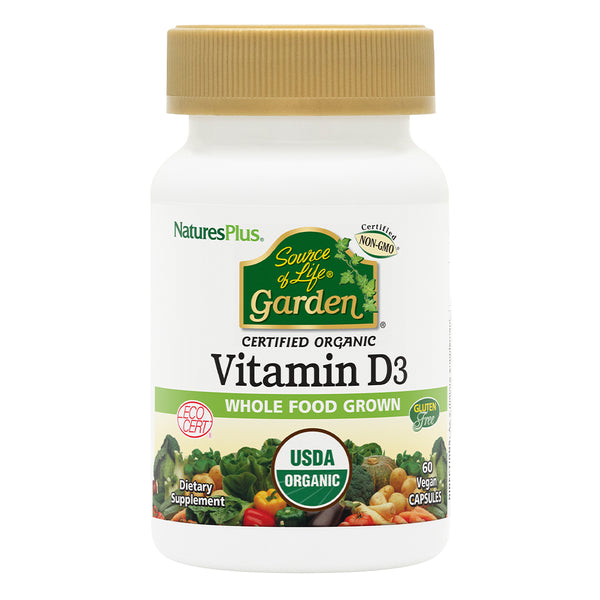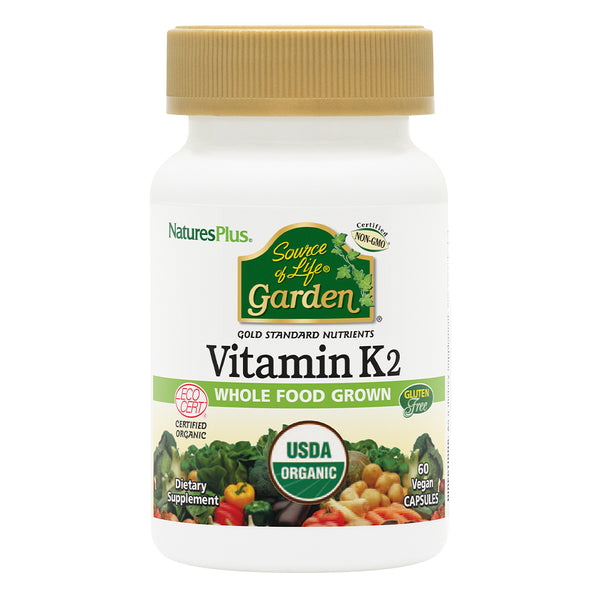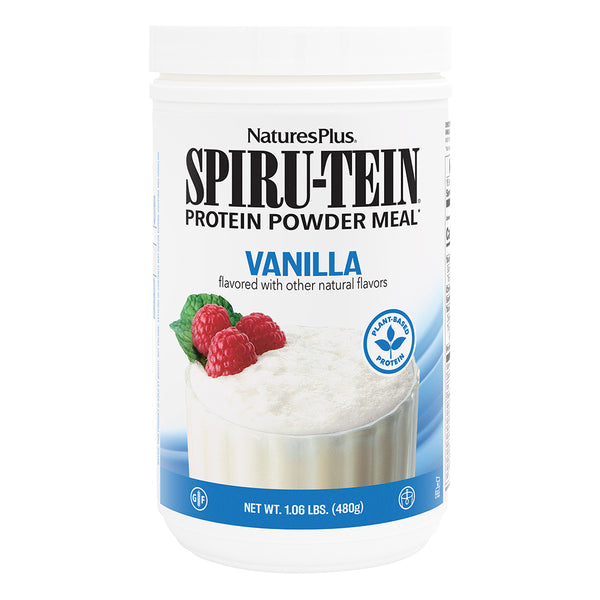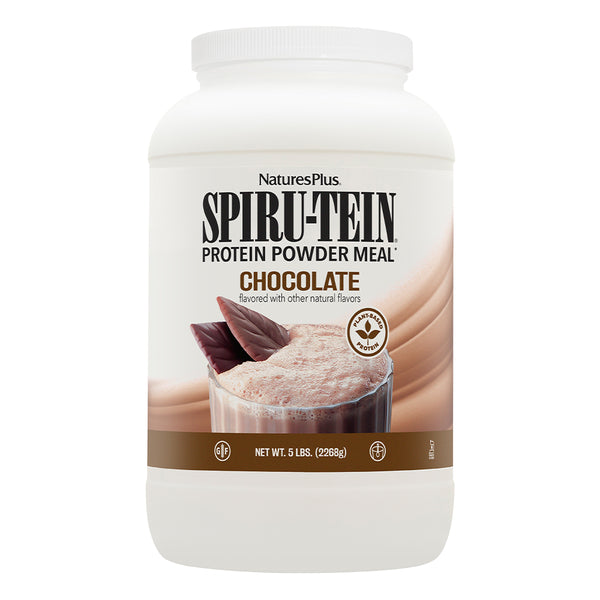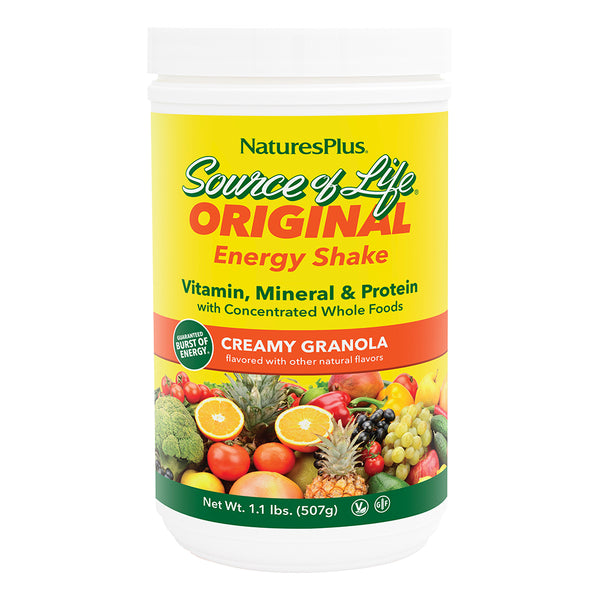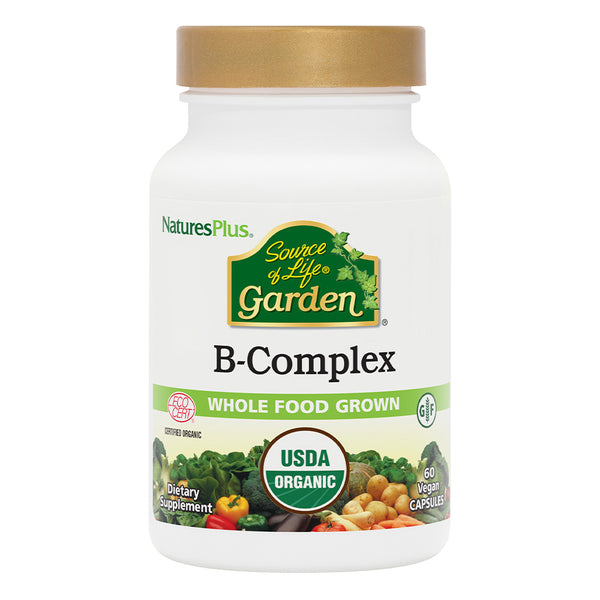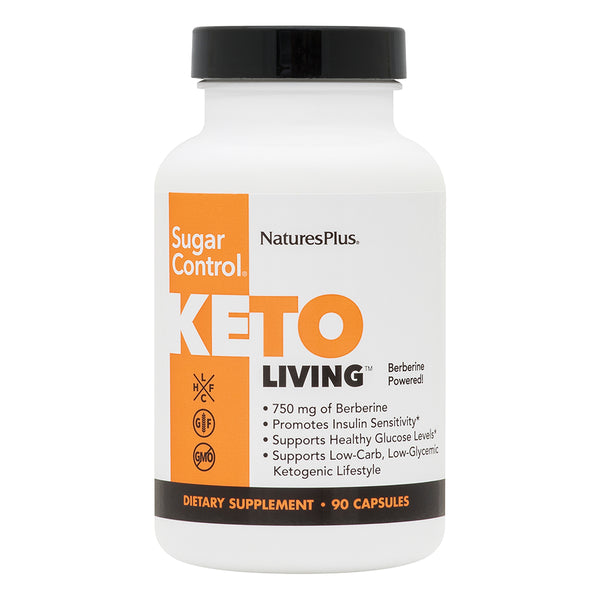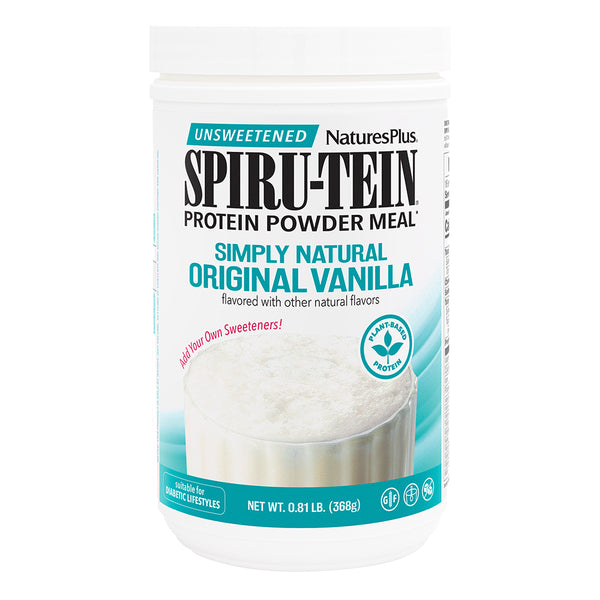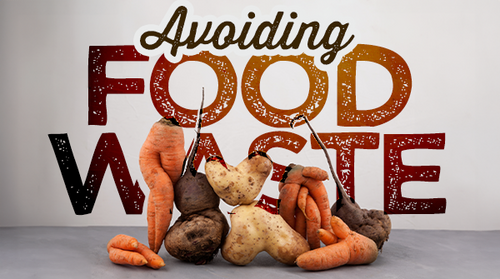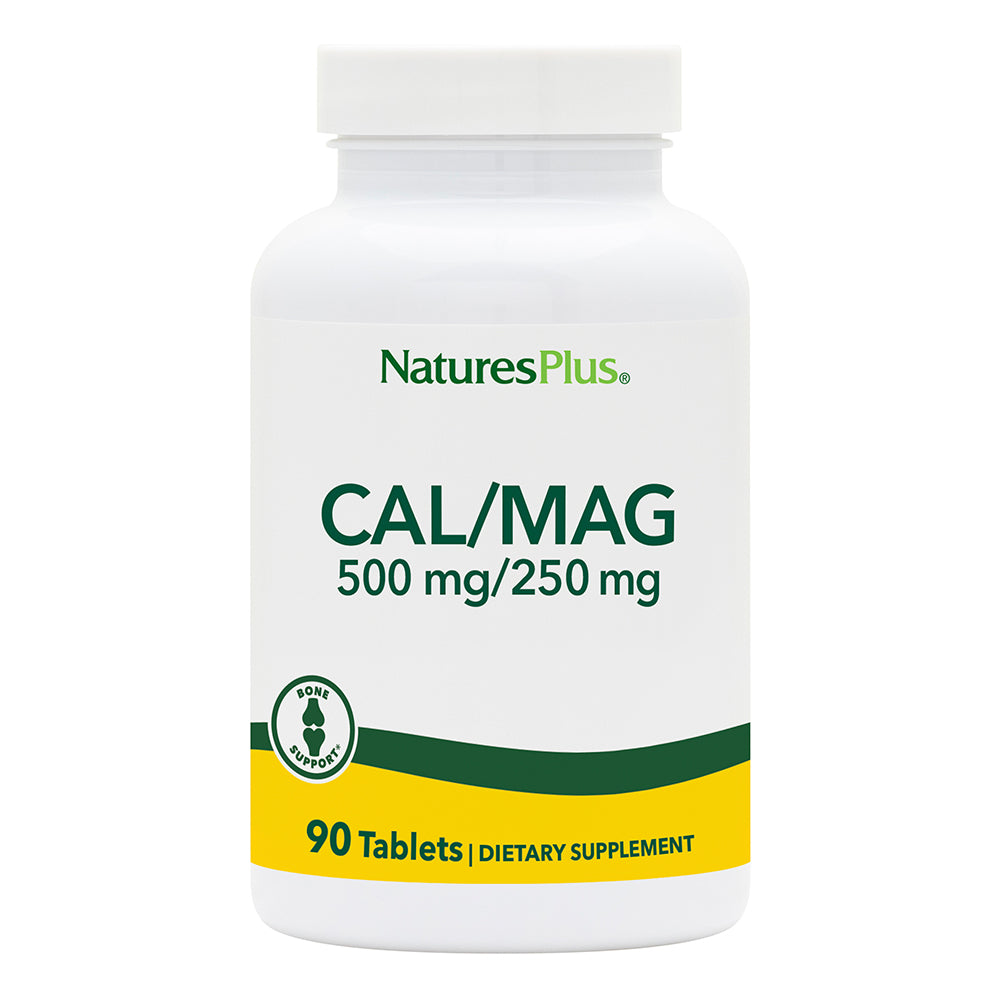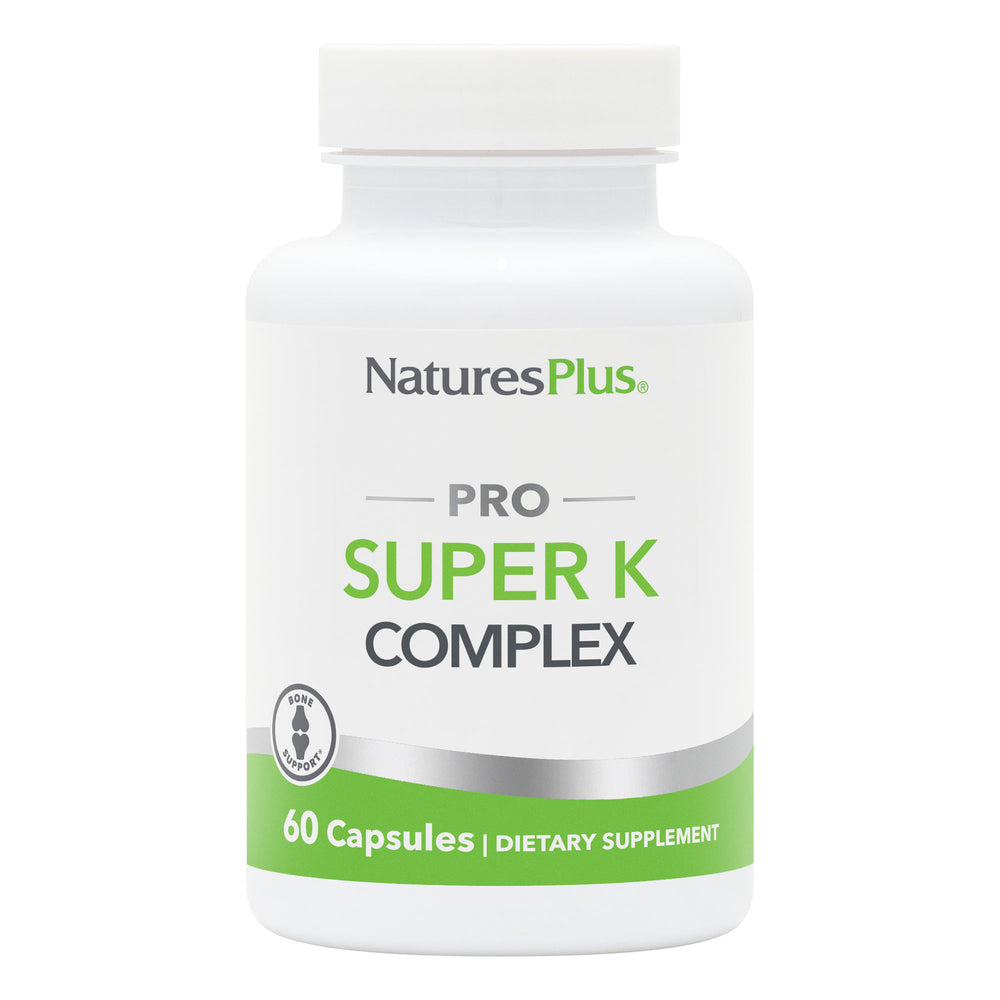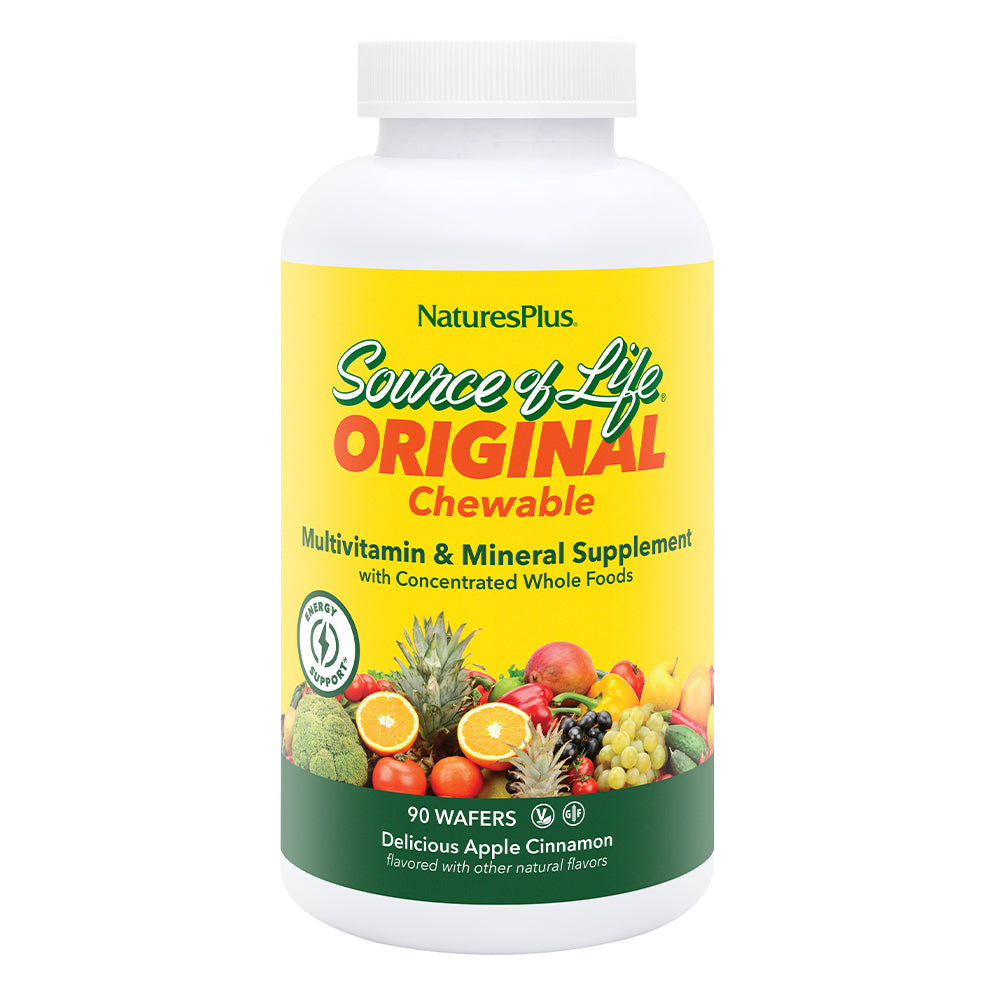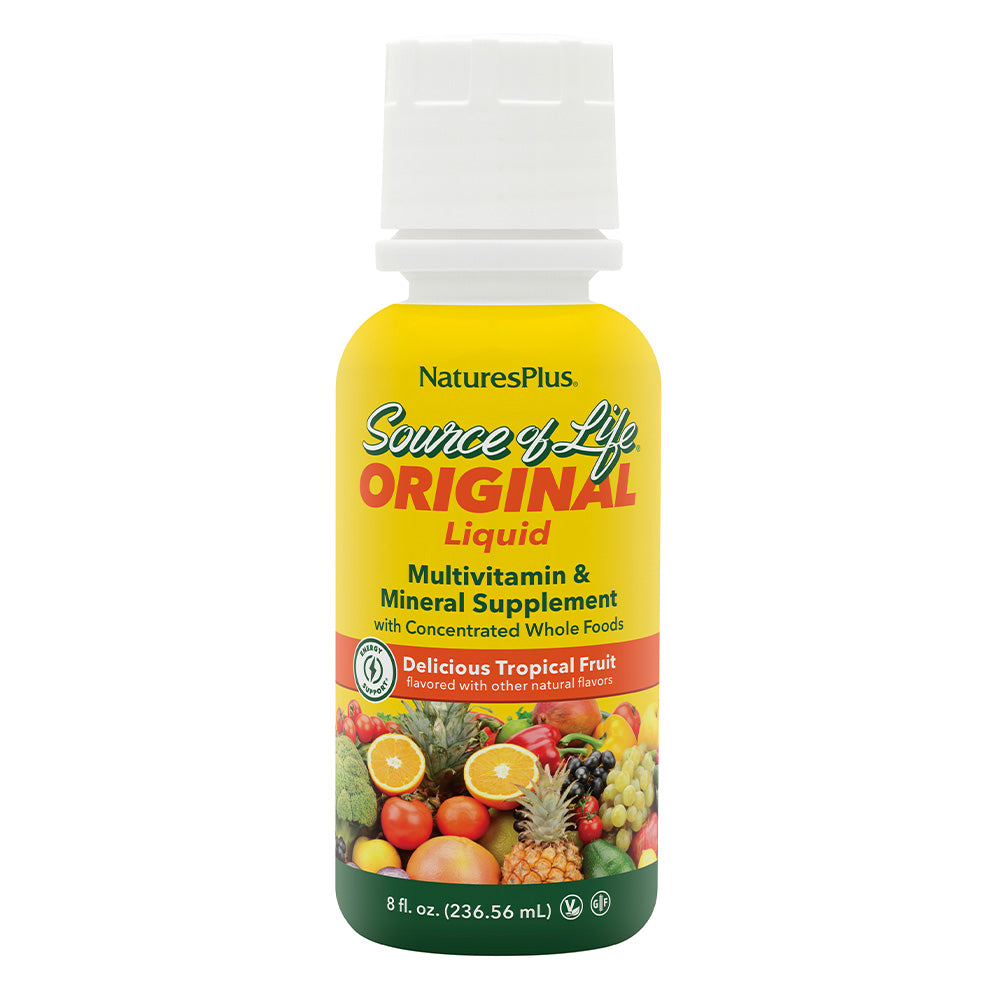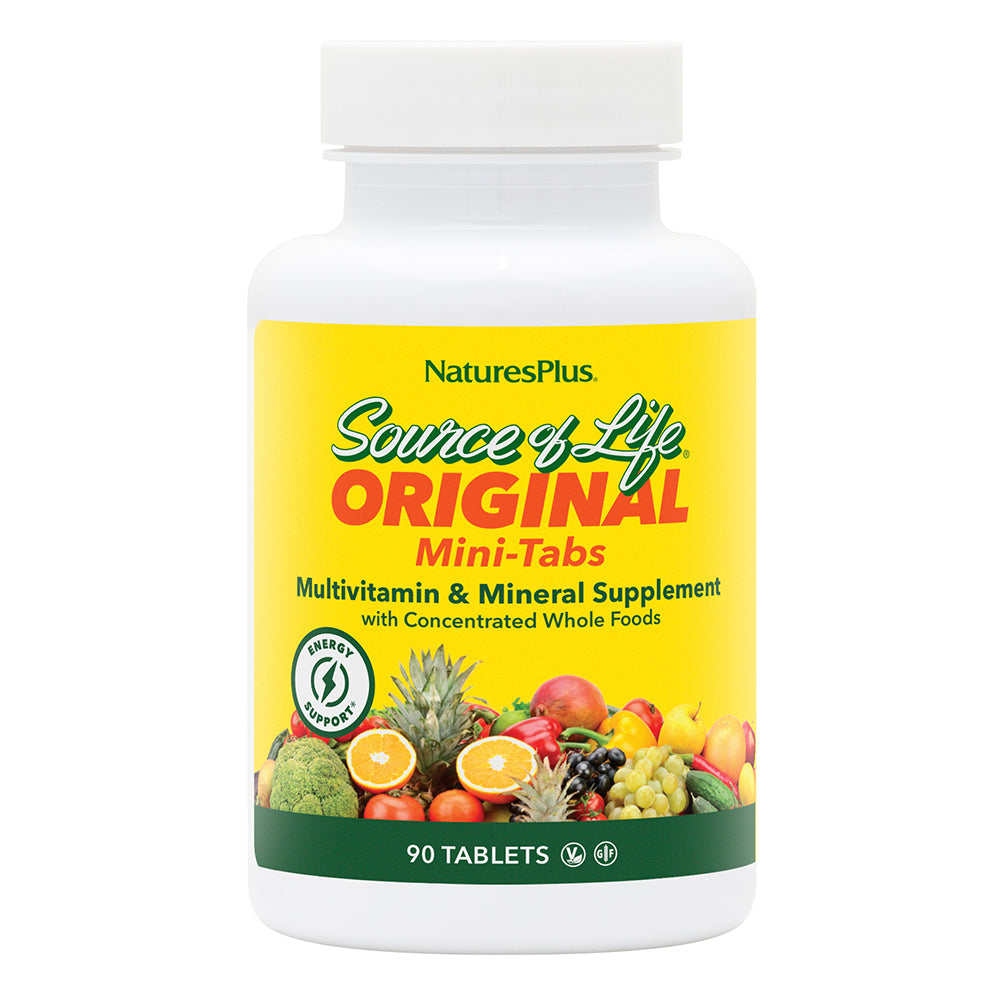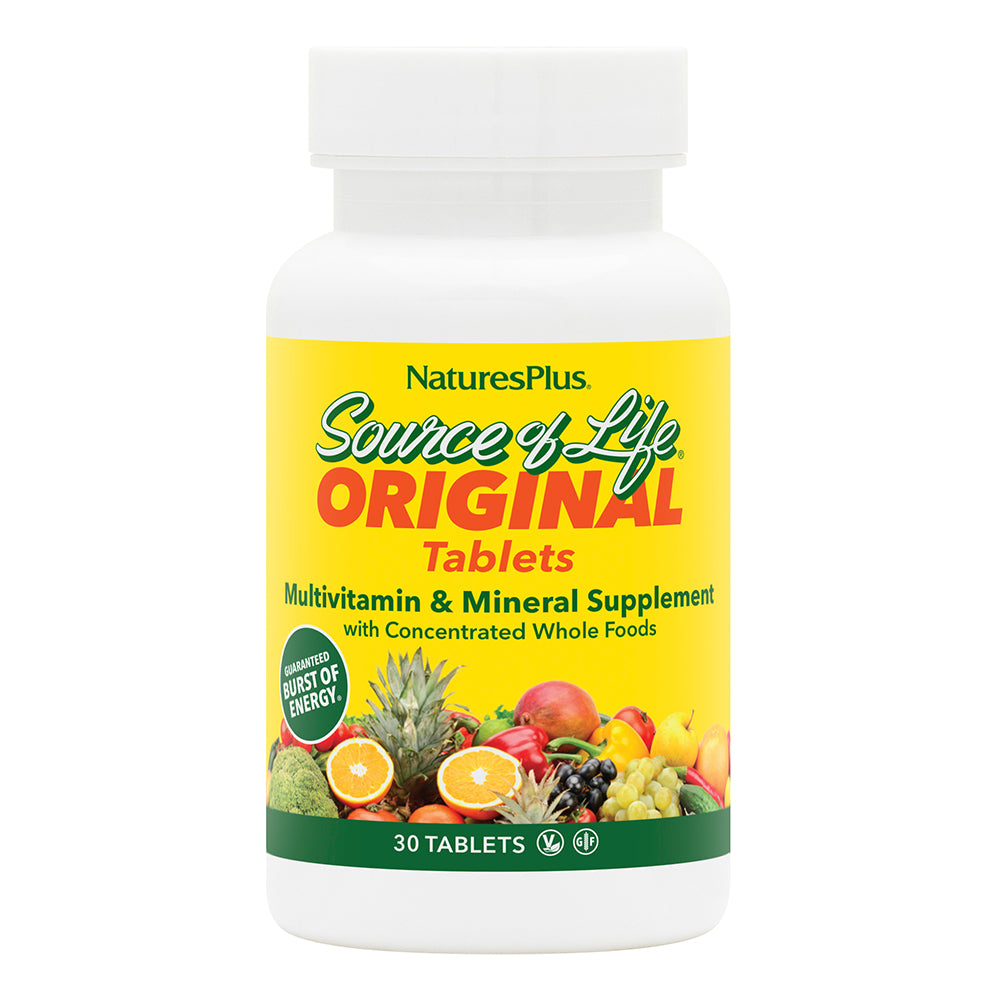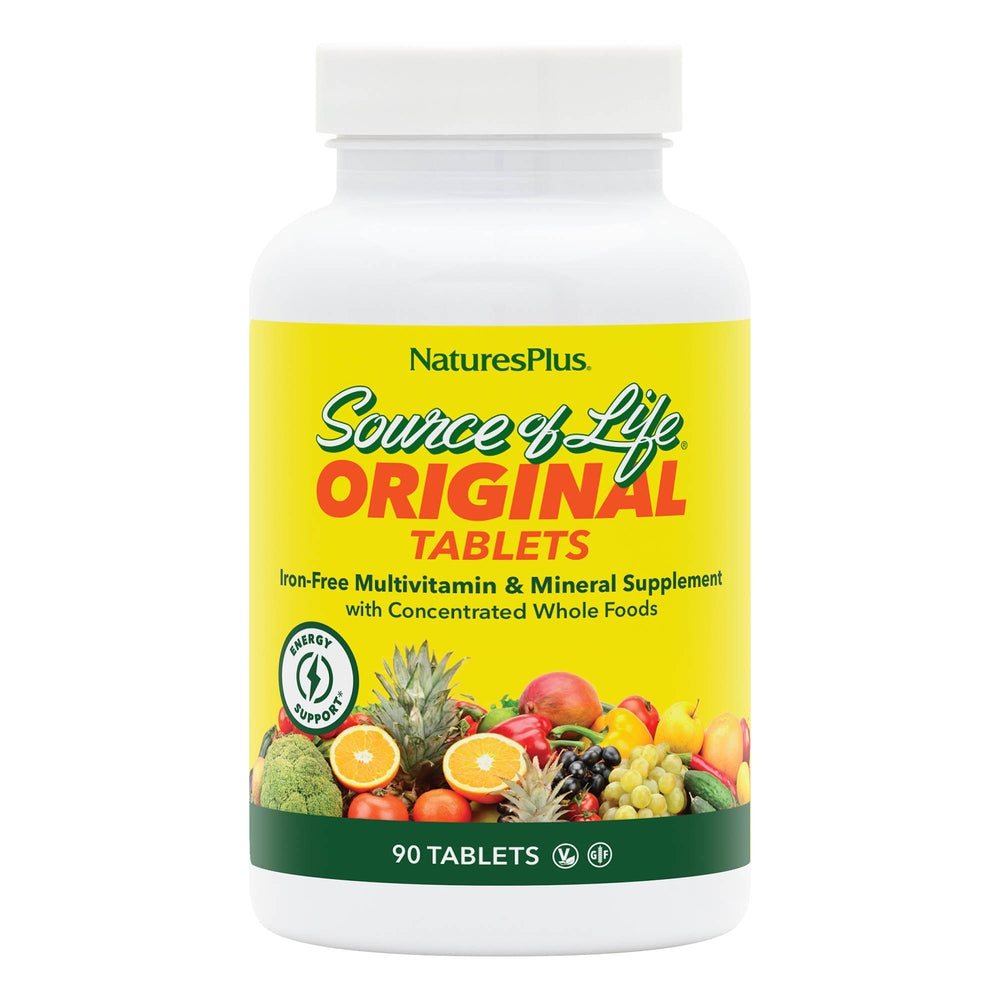Why eat broccoli?
When cooked properly, broccoli—and other cruciferous vegetables—can be a culinary treat that adds a beautiful pop of color, and a bunch of nutrients, to any dish you make.
The trick is not to overcook them (which can leave them mushy and depleted of some of their nutrients), or undercook (leaving them hard and unappealing).
Here are some health benefits of crucifer that will leave you buying these superfoods by the bunches:
-
Healthy helpings of fiber
-
Packed with various B vitamins, plus vitamins C and K
-
Contains important minerals like iron and zinc
-
Contains sulforaphane and other healthful compounds
It’s always a great idea to introduce these nutritional powerhouses to children early on. Some parents are even making their own baby food and including cruciferous vegetables in the mix.
It’s time to give cruciferous vegetables (or “crucifers”) a second chance. So, grab your grocery list and see how easy it is to make the perfect selection as well as the best ways to prepare some of the most popular crucifers.
Broccoli
Shopper’s Eye: Florets should be compact, with no yellowing, and have firm stalks and stems.
Cook’s Notes: Boil in salted water (it should taste salty) in a roomy, uncovered pot until soft. Then cool on a baking sheet to preserve color and nutrients. Mix with whole-wheat pasta, garlic, crushed red pepper and toasted bread crumbs (coarse crumbs tossed with olive oil, salt and pepper). Spread thinly on a baking sheet and toast until golden brown.
Brussels Sprouts
Shopper’s Eye: Should be firm and vivid green.
Cook’s Notes: Prepare sprouts by removing the first layer of leaves (if they are unsightly), and then score the bottom of each with a very shallow “X”. Bring a pot of salty water to a boil and blanch just until tender. Then remove from the water and cool. At this point, they may be kept whole or cut in half. When ready to serve, rewarm in olive oil or whole butter.
Cabbage
Shopper’s Eye: Look for firm, dense, crisp heads.
Cook’s Notes: Green cabbage can be blanched in boiling salted water until pliable, then used to wrap a filling of bulgur (parched, cracked wheat), sautéed onions, raisins and pine nuts, or quick-cooked in butter with salt, pepper and caraway seed. Unlike green veggies, red cabbage needs an acid (such as apple or red wine vinegar) while cooking to preserve the color. Try braising it with onions and apple: Start on the stove and finish in the oven at 350° for a half-hour. Also available in Napa (a light-colored Chinese type) and savoy (crinkle-leafed) varieties.
Cauliflower
Shopper’s Eye: Curds should be a clean, creamy white.
Cook’s Notes: To make tasty low-carb “mashed potatoes,” steam cauliflower until very tender, and then purée with butter. (You can also add roasted garlic cloves.) Roasting Tip: Remove the core and cut off the florets. Toss in olive oil, salt and pepper, and roast in an oven set at 350° for about 20–25 minutes until light brown.
Collard Greens
Shopper’s Eye: Look for firm leaves with no yellowing.
Cook’s Notes: A staple throughout the South, collards are at their best in the winter months. For a healthier take on a Southern classic, serve steamed collards with black-eyed peas and brown rice, or simply drizzle them with olive oil and lemon juice. The leaves tend to collect grit, so wash them thoroughly by swishing them around in several changes of cool water.
Kale
Shopper’s Eye: Firm and deeply colored; should always be held in a chilled environment.
Cook’s Notes: Sweetened by frost, kale is a great fall-through-early spring seasons vegetable.
Asian Style Recipe: Sauté ginger and garlic in oil. Add kale and toss repeatedly before seasoning with oyster and soy sauces; baby kale takes 3 minutes to cook, while mature leaves may need 30–45 minutes. Cook over low heat and keep covered.
Like this article? You’ll love our weekly newsletter
sign up here!
**These statements have not been evaluated by the Food and Drug Administration. This product is not intended to diagnose, treat, cure or prevent any disease.



